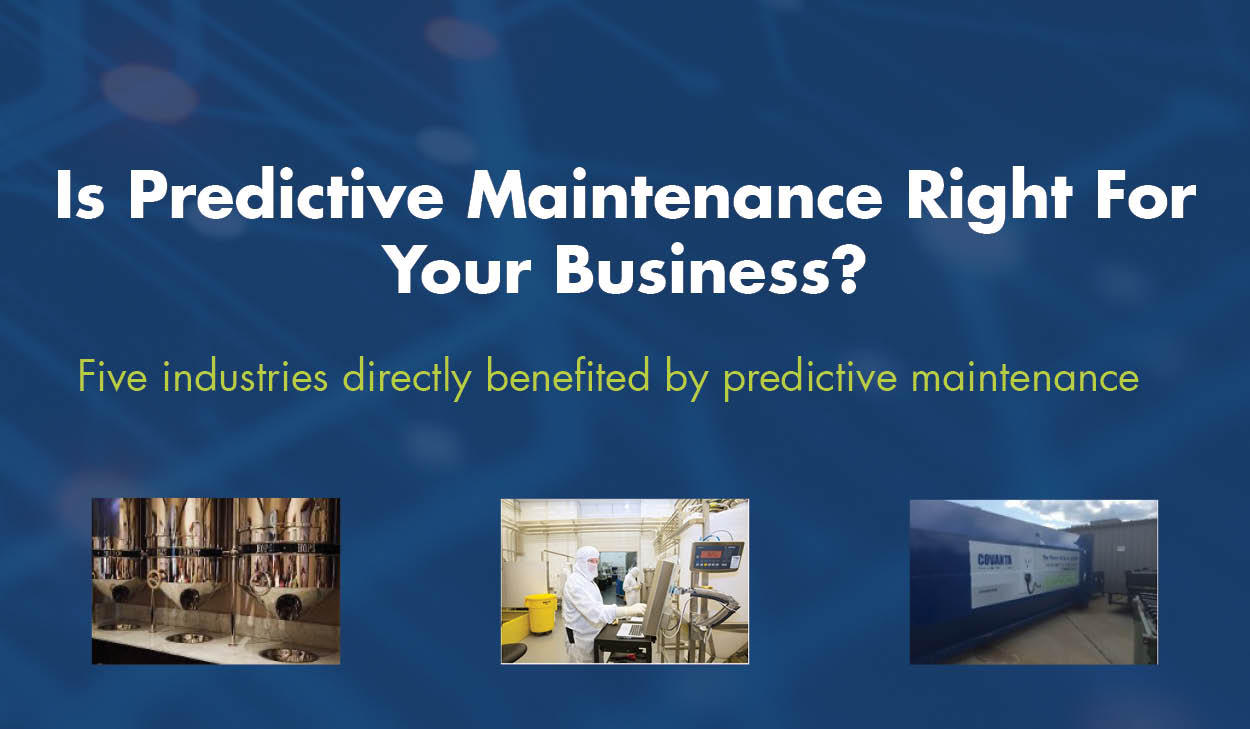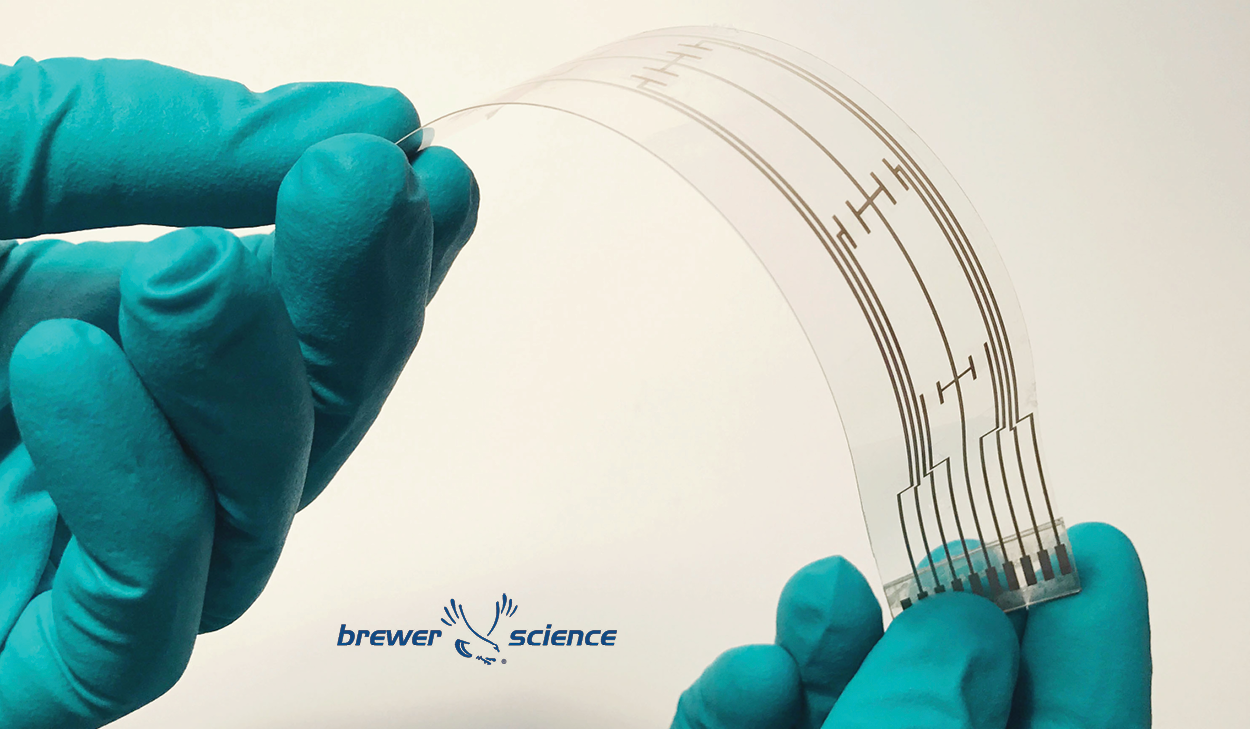Some of the latest developments in nanotechnology are enough to impress even the most brilliant scientist. For the average non-scientific consumer, the possibilities can be downright mind-blowing.
The market financials are also a bit staggering. Worldwide, industry revenues are expected to grow by an annual CAGR of 17.5 percent through 2022, reaching a whopping $75.8 billion by 2020.
Specialists in the field are hard at work, modeling and manipulating atoms, molecules and macromolecular structures to create new compositions with often groundbreaking properties and functionalities. Nanotechnology now represents one of the fastest growing categories in the chemicals and advanced materials segment, thanks in part to significant federal R&D funding. Today's top subcategories include nanocomposites (expected to control some 60 percent of the market by 2021), nanoparticles, nanotubes, nanoclays, nanofibers, nanoceramics and nanomagnetics. And the industries optimizing those fields cross a wide spectrum ranging from food to pharmaceuticals to aerospace.
Some analysts predict nanotechnology will make huge dents in worldwide challenges like climate change, pollution, water shortages, disease, traffic congestion, and infrastructure maintenance.
“The electronic transistor and the microchip are what make all modern electronics possible, and since their development in the 1940s they’ve been getting smaller,” notes Dr. Themis Prodromakis of the University of Southampton on science news site Phys.org. “To keep this progress going we need to be able to create circuits on the extremely small nanometer scale. If we can master this technology … we have the opportunity to improve not just electronics, but all sorts of areas of modern life.”
While the range of brilliant products being developed by such cutting-edge technology is too vast to list here, these examples of developments might wow the average consumer.
Electronics epiphanies
- Experts in nanophotonics (the study of the interactions of nanometer-scale objects with light) at the Institute for Basic Science in Korea aim to make computers work at near the speed of light by combining advantages of photonics and electronics in one platform.
- A simple and cheap-to-produce ultrathin film is slated to improve roll-up touchscreen displays, wearable electronics, flexible solar cells and electronic skin. Developers from the University of Illinois at Chicago and Korea University are fine-tuning a product that’s conductive to electric current, transparent, flexible and stretchable to seven times its original length.
- New light-emitting diodes (LEDs) incorporated into lightweight, flexible, portable metal foil can purify drinking water, sterilize medical equipment and detect biological agents anywhere in the field. The Ohio State University-developed technology is cheaper and more environmentally friendly than existing deep-UV LEDs.
- Work by scientists at the University of Central Florida may allow mobile phones to be charged within a few seconds via flexible, high-storage supercapacitors that can be recharged more than 30,000 times without degrading.
Medical milestones
- Nucleation processes involving phase transitions of matter (liquid to gas, etc.) are being studied at the nano level to understand their role in the progression of Alzheimer's disease, Parkinson’s disease and Type 2 diabetes. The team involves University College London, the University of Cambridge in Great Britain and Harvard University.
- Scientists at San Diego-based Scripps Health are building nanosensors that can be injected into the bloodstream to detect pending heart attacks and send warnings via wireless devices. Similar sensors might track autoimmune diseases and cancer or monitor organ transplant patients.
- Researchers from Harvard University and the University of Illinois at Urbana-Champaign have developed 3-D printed miniature batteries (measuring 1 mm across) for possible use in biomedical sensors, skin-based monitoring devices, hearing aids and similar devices.
- Cornell University scientists miniaturized gold alloy particles that can be heated, injected into the bloodstream and attached to antibodies to kill cancer cells. Similar silver nanoparticles are already used as antibacterial agents in many products.
- A nanotech-powered breathalyzer is under development at Western New England University that may replace finger-prick blood testing for diabetics by detecting acetone levels in the breath.
Miscellaneous and of merit
- Dr. Prodromakis expects the advanced batteries created through nanotechnology to increasingly be used to store harvest energy from the environment in order to power the world. “New nano-materials and concepts are being developed that show potential for harvesting energy from movement, light, variations in temperature, glucose and other sources with high conversion efficiency,” he advises.
- Materials made of nanocellulose (typically derived from tree bark) are eight times stronger relative to their weight than steel. Future applications may include cars, boats, aircraft and military products such as light armor, helmets, weaponry, ballistic glass and robots.
- Scientists at Germany’s Karlsruhe Institute of Technology are studying nanostructures that create unique coloring in peacocks and blue tarantulas to try to replace toxic pigments now used in the textile, packaging and cosmetic industries.
- Dr. Prodromakis points to the possibility of a self-healing infrastructure that employs nano-sensors to identify cracks and weaknesses and then triggers itself to repair them by dispersing filler nanoparticles that are already part of the structure.
In short, exciting times may be ahead when it comes to the applications of nanotechnology in our daily lives. That excitement will doubtlessly be accompanied by related challenges.
“An important component of responsible development is the consideration of the ethical, legal, and societal implications of nanotechnology,” states the National Nanotechnology Initiative, a group founded by the U.S. government to oversee some of those issues. “How nanotechnology research and applications are introduced into society; how transparent decisions are; how sensitive and responsive policies are to the needs and perceptions of the full range of stakeholders; and how ethical, legal, and social issues are addressed will determine public trust and the future of innovation driven by nanotechnology.”





Subscribe to Our Blog